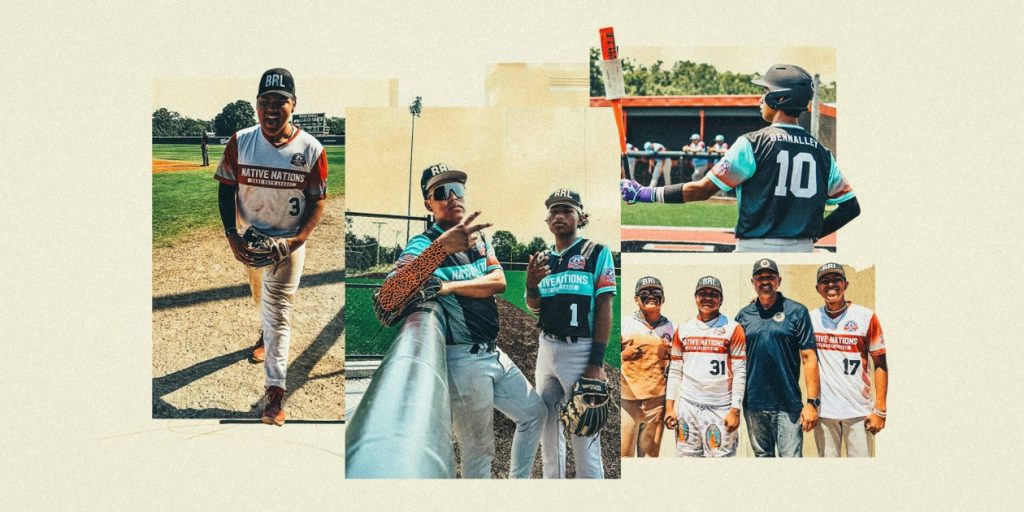Native Nations Baseball: A Vision for the Future
Over two hot summer days in July, nearly 170 players aged 13 to 16 from over 40 Native American tribes gathered at the Arizona Diamondbacks and Colorado Rockies’ spring training home in Maricopa County, Arizona. Family and friends set up lawn chairs, while Native vendors offered jewelry and food. Athletes from eight states, including Alaska, convened to try out for the inaugural Native American team set to compete in the Babe Ruth World Series. The event’s social media invitation highlighted its goals: “Be seen. Be selected. Represent your nation.”
The Salt River Fields at Talking Stick, the only major-league facility on tribal land, hosted the event. General manager Dave Dunn, who has managed the complex since its opening in 2011, ensured the fields and facilities were ready for play. Former major-league pitcher D.J. Carrasco views the tournament as a stepping stone for Native American players, aiming for eventual participation in the World Baseball Classic with a team called Native Nations, consisting solely of Native Americans.
Among current major-league pitchers with Native American heritage are Ryan Helsley (New York Mets) and Adrian Houser (Tampa Bay Rays). Carrasco, whose vision for Native Nations is grounded in the belief that tribal communities deserve equal representation in baseball, is inspired by the historical significance of Native American athletes. He acknowledges the challenges faced by these communities and seeks to create opportunities through a national baseball program.
The foundation for Native Nations stems from a personal tragedy in Carrasco’s life, which motivated him to advocate for Native American youth in sports. After the tragic loss of his mother during a visit to New Zealand, he developed a strong connection to the country and later became involved in its baseball programs. This sparked an insight: Indigenous players in the U.S. deserved similar opportunities. Thus, Native Nations was founded in October 2022, with the goal of building a baseball program for Native Americans.
Carrasco and Ryan Flynn, who have reconnected to develop the program, foresee launching training hubs across the U.S. on tribal land, focusing on integrating modern technology into training. Plans include engaging youth through USA Baseball’s Fun At-Bat program. While securing funding remains a challenge, they hope that Native American-owned casinos will eventually support their initiatives. Amid this, Carrasco’s personal network has assisted in fundraising efforts to facilitate participation in the Babe Ruth World Series.
With Native Americans comprising only 0.2% of current major league players, initiatives like Native Nations work to address the historical marginalization of these communities. The program aims to promote resilience and offer a pathway to professional sports, emphasizing engagement and visibility for talent that has historically gone unrecognized. Though participating in the Babe Ruth World Series is a significant achievement, the aspiration for a Native Nations team in the World Baseball Classic remains a long-term goal.
Officially named Na7ive Na7ions, reflecting the Haudenosaunee philosophy of decision-making for future generations, the program seeks to uplift players by identifying talent across the 574 federally recognized tribes. Carrasco and Flynn’s commitment to this initiative is inspiring hope for a brighter future in baseball for Native Americans, ensuring they have the same opportunities as other communities to thrive in the national pastime.



